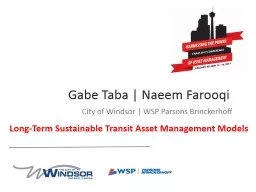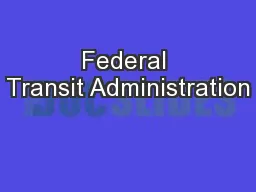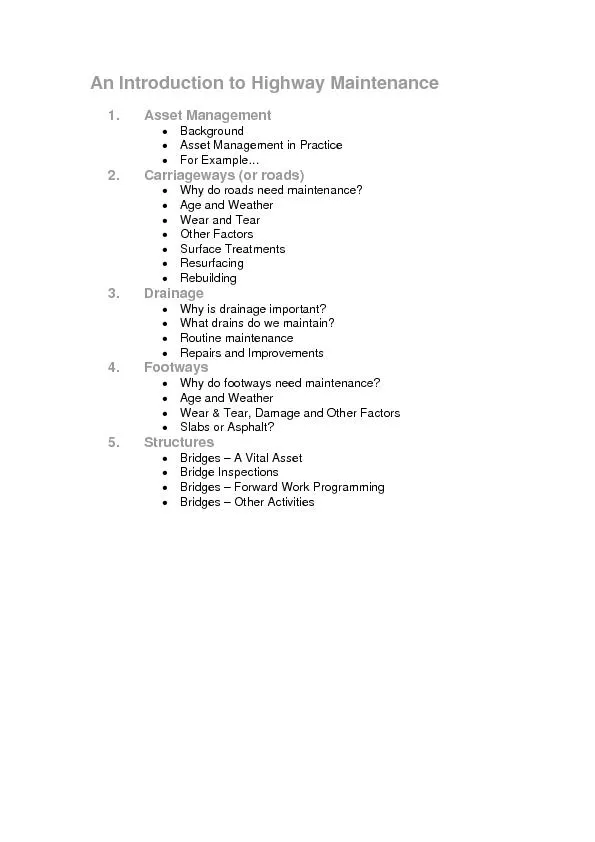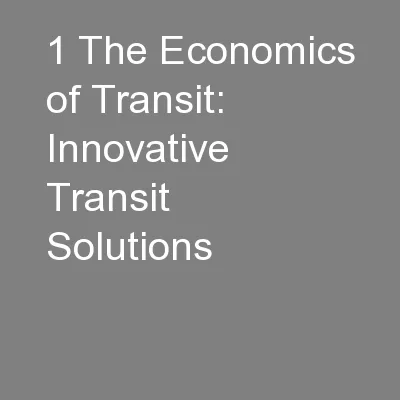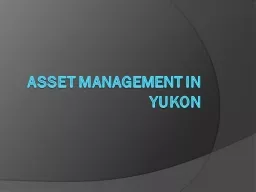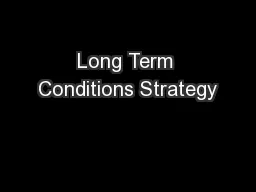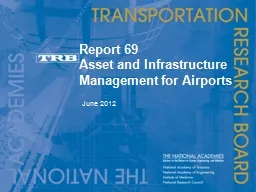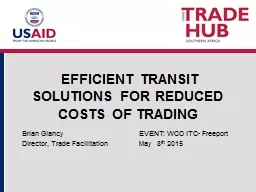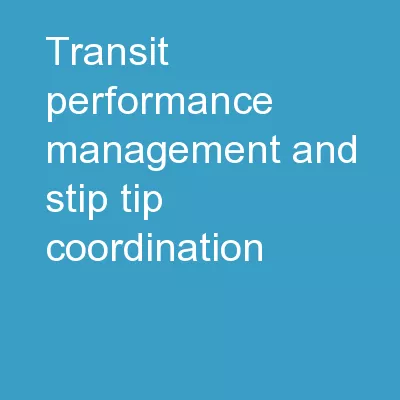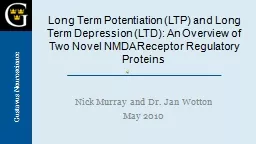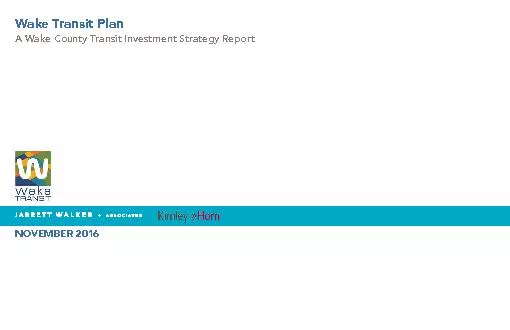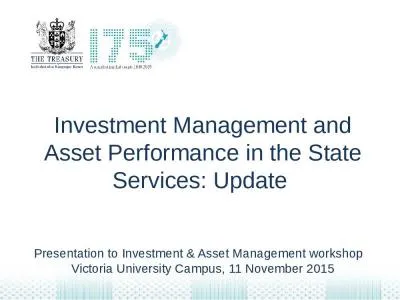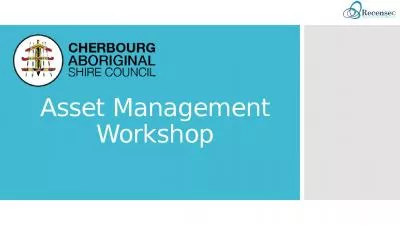PPT-Long-Term Sustainable Transit Asset Management Models
Author : articlesnote | Published Date : 2020-08-06
Gabe Taba Naeem Farooqi City of Windsor WSP Parsons Brinckerhoff Background Originally known as the Sandwich Windsor amp Amherstburg Railway SWampA public transportation
Presentation Embed Code
Download Presentation
Download Presentation The PPT/PDF document "Long-Term Sustainable Transit Asset Mana..." is the property of its rightful owner. Permission is granted to download and print the materials on this website for personal, non-commercial use only, and to display it on your personal computer provided you do not modify the materials and that you retain all copyright notices contained in the materials. By downloading content from our website, you accept the terms of this agreement.
Long-Term Sustainable Transit Asset Management Models: Transcript
Download Rules Of Document
"Long-Term Sustainable Transit Asset Management Models"The content belongs to its owner. You may download and print it for personal use, without modification, and keep all copyright notices. By downloading, you agree to these terms.
Related Documents

